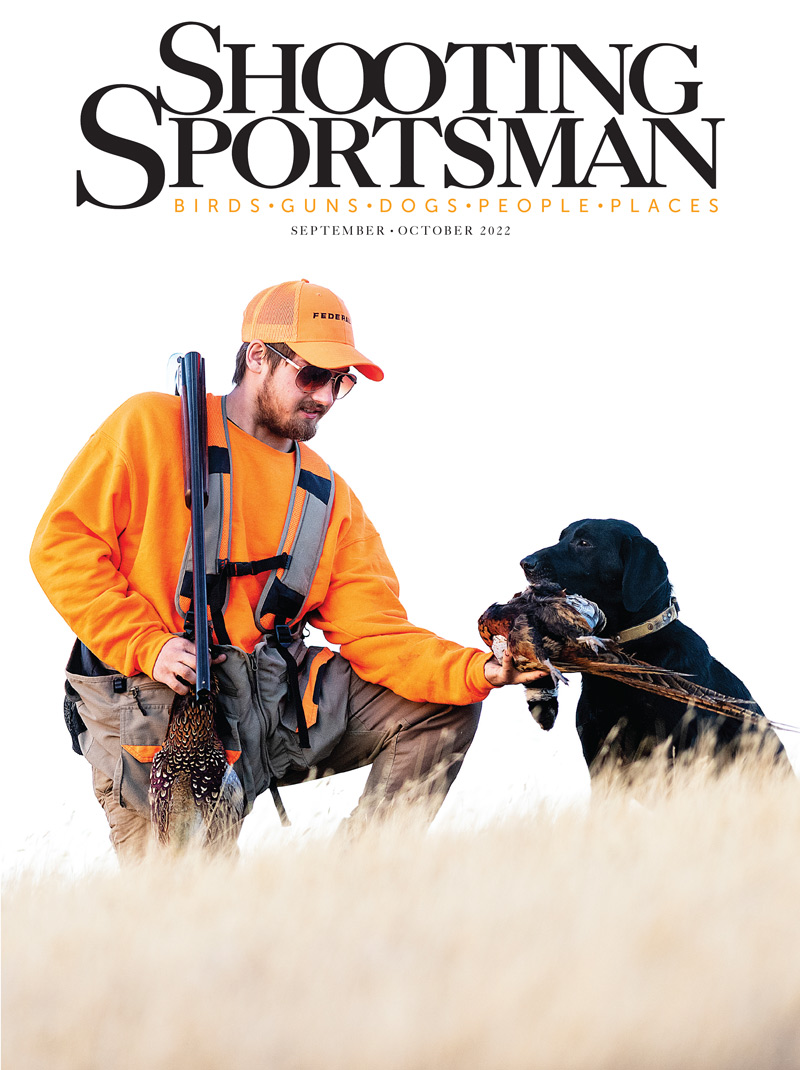Let’s start with the 21,000-square-foot elephant—or in this case kudu—in the room.
Yes, Greystone Castle is, in fact, a castle. You’d be excused if it sounds straight out of medieval times or as a mysterious setting conjured by J.K. Rowling somewhere in the Scottish Highlands. But the curious twist here is that Greystone rather remarkably sits right at home in Mingus, Texas, 1½ hours from the Dallas–Fort Worth Metroplex. On the face of it, Greystone Castle sounds odd, a novelty, an American gimmick that only Texas (or Hollywood) could produce. At least that was my preconception as I boarded a flight in New England on a 7° February morning.
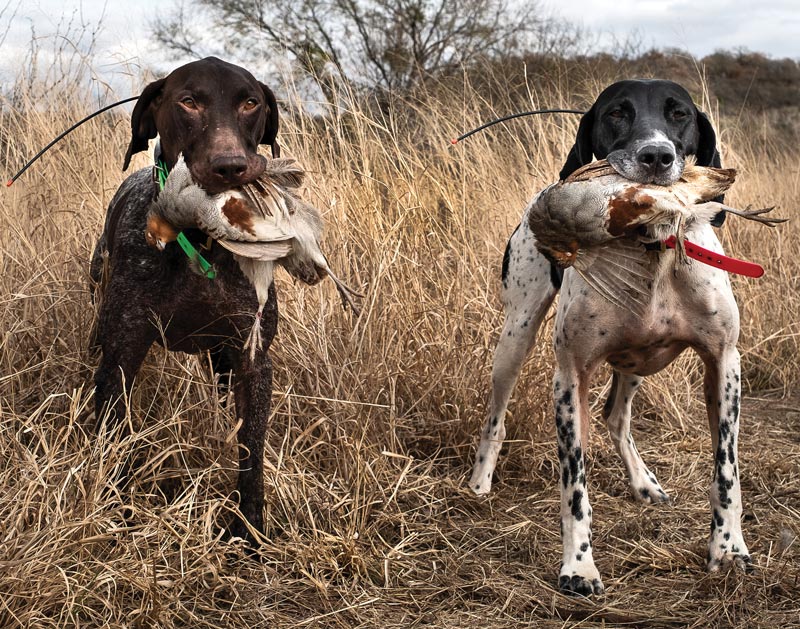
By dinnertime, driving west on Texas’s I-20, I suddenly spied four turrets on the horizon. Even though I had been prepared, I couldn’t tamp my boyish excitement. And really, why should I have? Unless visiting Disney, most Americans rarely come face-to-face with a castle, let alone have the opportunity to spend a few days walking one’s walled perimeter.
I traveled to Texas at the invitation of Patrick Wall, who has been the General Manager of the Greystone Castle Sporting Club since 2019. We’d met at the Orvis Game Fair, in Millbrook, New York, the previous fall. Before that Greystone had lived in my wingshooting periphery—somewhere between oddity and fascination. “I just love people to come experience Greystone,” Patrick said in his invitation. “It’s a special place. I’d spent 30 years in more than a dozen places like Japan, California, Hawaii, Arizona and Iraq serving as a colonel in the Marines. My wife, Jodi, and I wanted a way to get back home to Texas. This opportunity presented itself, and it’s been magical ever since. There’s no other place like this on Earth.”
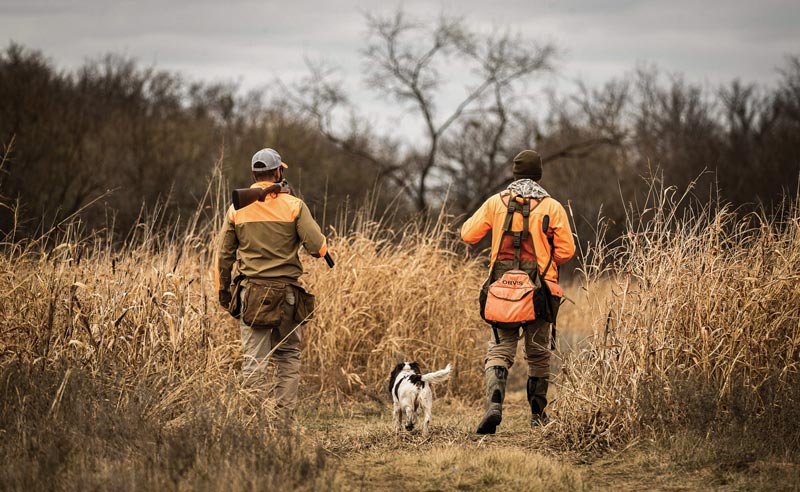


And now five months later here I was, driving up the nearly mile-long driveway winding toward the top of a hill surveying the grasslands of north Texas’s Erath County. A short time earlier I’d been hustling through Fort Worth’s spaghetti bowl of overpasses and off-ramps ingeniously designed to trick my GPS. But as I walked through Greystone’s inspiring front archway, I had two immediate thoughts: first, This is actually a castle, and second, In case of the apocalypse, this would offer an amazing defense.
Patrick greeted me, and we took a quick tour with a promise of more time to prowl the grounds. But first we wanted to hit the clays course and then take some sunset photos across the estate’s 6,000 acres. One of the exceptional and memorable aspects of Greystone is its large and varied population of exotic game animals—30 species in all, from kudu to sable—as well as some staggering whitetail trophies and a thriving population of Rio Grande turkeys. It would be, as Patrick promised, our own private safari.
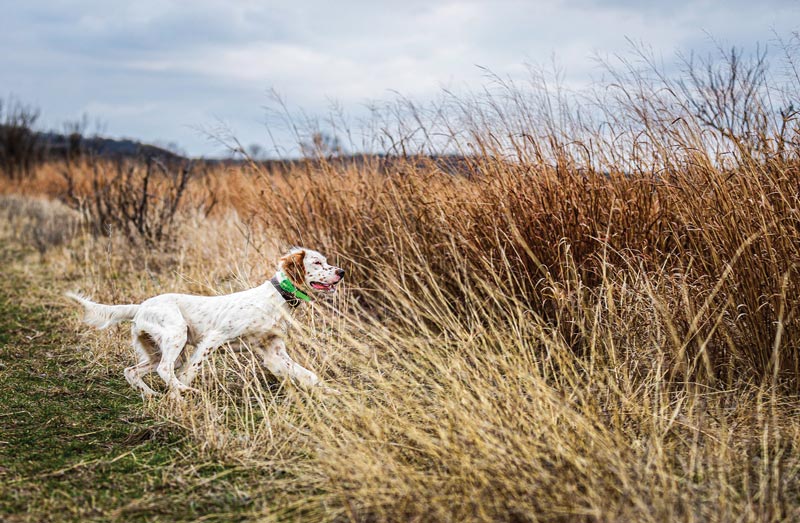
But first the clays. In total there are 25 sporting clays stations and two covered 5 Stand layouts spread between two permanent courses designed by 2015 National Sporting Clays Champion William Walton. Up and through live oaks, post oaks and mesquites and around ponds and up craggy knolls, we sampled the various self-service stations. Along the way Patrick shared the history of the area—evidenced by the stout brick walls left from the vanished town of Thurber, home to Thurber Brick. From 1888 to 1931, the once-thriving town of 10,000 had produced an astonishing 80,000 bricks per day. According to Patrick: “Thurber Brick created this town. It peaked between 1910 and ’15, with more than 800 workers. With the railroad serving the area, these bricks helped build Texas. If you walk Dealey Plaza, in Dallas—unfortunately made infamous by the assassination of John F. Kennedy—just look down and you’ll see you’re walking on Thurber bricks.” As the company declined and eventually closed, some things were salvaged and the rest was dynamited. Today what remains are a few buildings just north of I-20 and the ruins of several brick structures on the Greystone property.
The clays course offered a broad mix of presentations, target sizes and topographic features. It was a perfect warmup for the next two days hunting with three of Greystone’s other guests: Jason Herkes, Shooting Consultant for Craigsanquhar Estate, in Scotland; Reid Bryant, Shooting Sportsman Editor at Large and Senior Manager of Orvis Wingshooting Services; and Banning Collins of Class V, an independent representative of Orvis, Sitka and other hunting and fishing brands. This was to be our hunting party along with Patrick and Sean Cochran, a former Army Ranger and Greystone’s Assistant General Manager and Sales Manager.
The first day would be split between hunting bobwhite quail, chukars, pheasants and Huns in the morning followed by an afternoon of flighted mallards. The second day we would be back in the fields for more upland hunting.
The current owners took over Greystone from a Texas businessman who’d dreamed of building his own private castle. He’d broken ground in the 1980s, but after constructing four turrets and three walls and adding a 60-run dog kennel, various lakes and 30 miles of roads, his dream had gone unfinished. The current owners made several dramatic improvements as they finished the castle, including building five “lodges,” which are a series of self-contained suites with four or five bedrooms each and common rooms. The amenities are a perfect blend of medieval aesthetics and modern comforts. The crown jewel is a 2,600-square-foot pavilion with a U-shaped bar, lounge areas and a stunning fireplace that transports guests to a decidedly European experience. The pavilion overlooks a new swimming pool and a covered wobble trap and 5 Stand setup.
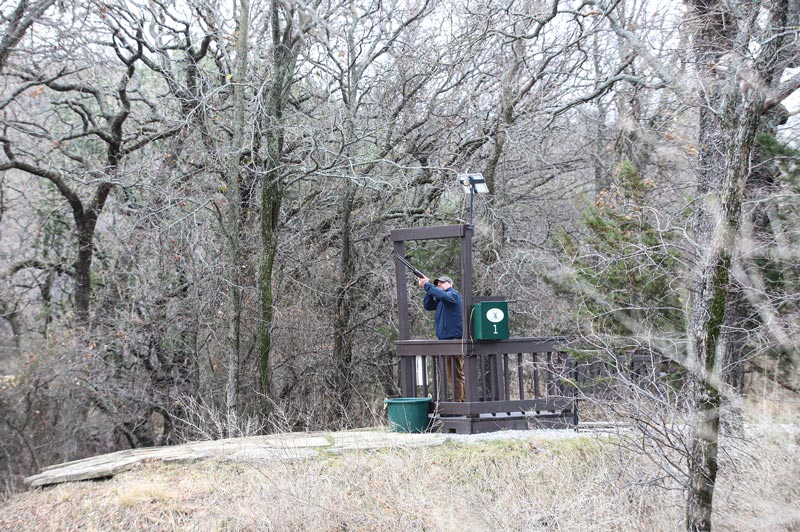
But, of course, we were there to hunt birds. And from the start the birds were plentiful and hard-flying. The first morning we were with guide Cade Richgels, who hails from Wisconsin and is Greystone’s Kennel Manager. The dogwork was outstanding, as an English pointer named Big Gal, a German shorthair named Ing and an English cocker named Leelo worked through the sorghum, switchgrass, Johnson grass, prickly pear and some gnarly live oaks and mesquites. Flush after flush produced an exciting and challenging mix of birds, each determined to grab the Texas wind and escape. It was an exhilarating hunt, with a healthy blend of walking followed by coveys of explosive bobs, cackling roosters and chukars getting up in coveys of as many as six. Boxes of shells later and with bulging game vests, we made our way to the castle for lunch.
That day we enjoyed some of the best bobwhite flushes I’ve experienced.
That afternoon we enjoyed a magical late-day waterfowl hunt. Jason, Reid and I shared a generously sized blind overlooking a long and narrow pond. The pond’s shape resulted in excellent crossing shots on a mix of drake and hen mallards. Because we were shooting flighted ducks, there were no worries that the bluebird day would result in a dearth of ducks. The mallards kept strafing our blind, lured by Cade’s calling and often setting their wings to land among the half-dozen decoys spread out before us. We enjoyed a couple of hours of steady action, and the work by Cade’s yellow Lab Bucho was outstanding.
When we returned to the castle, drinks and appetizers of cocktail-size lamb chops and wild-game quesadillas were served before a delicious dinner of crispy duck and creamy polenta. The food at Greystone, prepared by Chef Vickie Sewell, is an inventive interpretation of Texas cuisine and includes things like sweet-tea-marinated fried chicken and waffles for breakfast and enormous Akaushi-beef burgers with bacon-shallot jam. This is not a weight-loss facility, so be prepared to loosen your belt before heading home.
The next day we covered new grounds, this time with Ron Stodt of Thunderhead GSPs, in Kewaunee, Wisconsin. Reid and I followed Ron and his two shorthairs, Niki and Brooke, and an eager and well-trained English cocker, Jack, who was there to flush and retrieve. That day we enjoyed some of the best bobwhite flushes I’ve experienced, with coveys creating beautiful bouquets of flight paths—some heading toward Mexico, others toward Oklahoma.
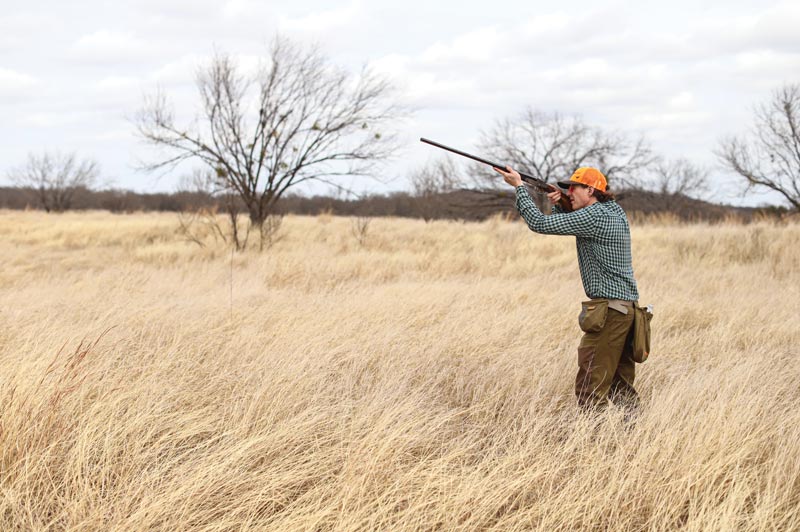
My trip to Greystone provided the excitement and challenge I’d been hoping for when waking that frigid February morning back home. A real Texas bird hunt with limitless expanses and wide-open skies. Together with friends—some new and some old—we’d trod the ground that once had defined the American West, where fortunes had been made and lost. It was here where hardworking men and women had imagined new lives for themselves and their families. Greystone Castle combines all of America’s ingenuity and vision. It is a stunning success story built over decades as a monument to big dreams and where the urge to hunt is the shared and beating heart.
Buy This Issue!
Read our Newsletter
Stay connected to the best of wingshooting & fine guns with additional free content, special offers and promotions.


